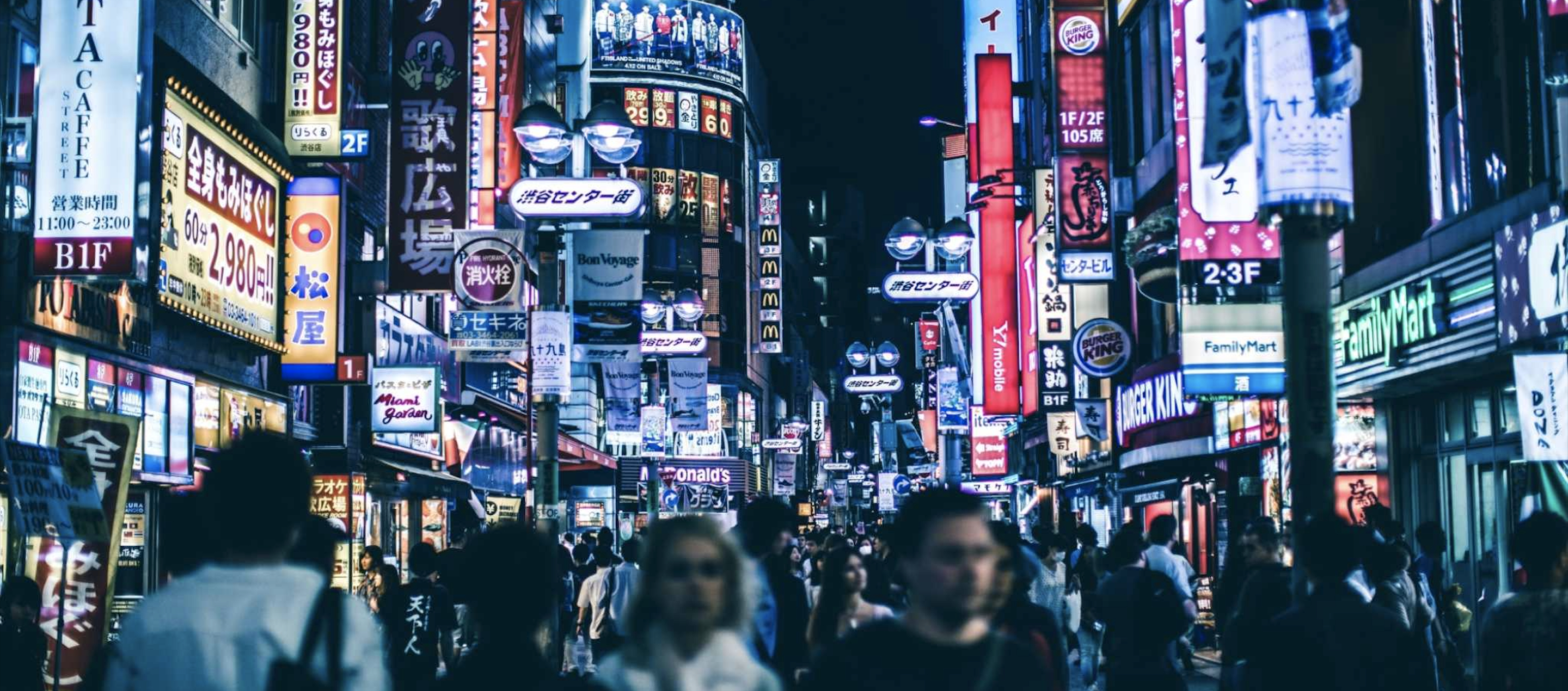In Japan, the capital Tokyo is home to the most unique and vibrant culture in the country, along with its own diverse rules of conduct. In addition, the era of international integration has also caused some traditional customs to be gradually eliminated and replaced by more modern features. Let's take a look at 8 things you need to "keep in mind" if you intend to travel to Tokyo during this time, to avoid being "overwhelmed" by culture and have the most satisfying trip.
1. greeting
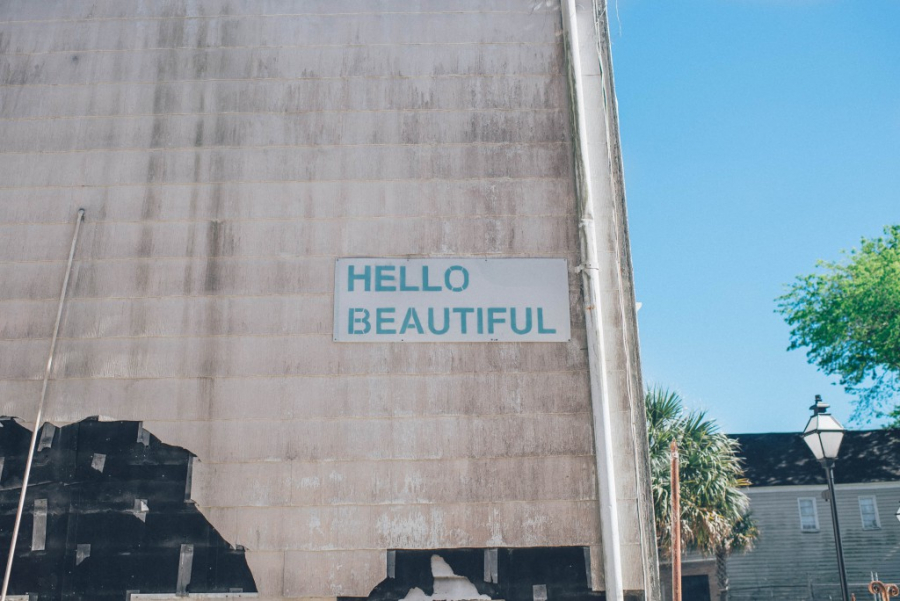
Learning how to greet someone when visiting a new country is very important.
Japanese people often bow when they meet each other. Usually, the person of lower status will bow first and lower than the person of older status. However, most Japanese people - especially young people today - do not expect a bow from you anymore and will instead shake hands as a greeting. If they meet friends, they will often greet each other in a more casual style, called ossu - which means "hey", "hello", "how are you", "how are you?"...
2. Sumimasen with arigatou
People in Western countries tend to say thank you when someone does them a favor, like holding a door open for them or returning a coat on a subway seat. In Japan, the same is true, where people say “arigatou” in Japanese. But to express this gratitude in the most natural and Japanese way, say “sumimasen,” which means “sorry for bothering you.”
3. Eating out
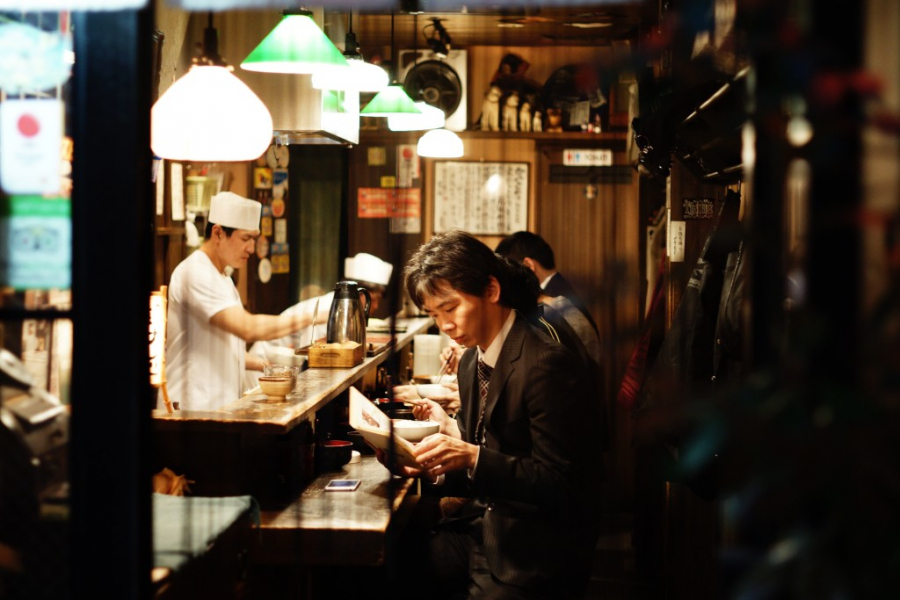
A man dines alone at a Japanese restaurant.
"Itadakimasu" is a polite expression to say to each other before a meal, but it is not used very often when eating out, especially by younger people. Usually at restaurants, especially those where customers sit at the counter directly opposite the chef, they will say "gochisou" or "gochisousama" - the equivalent of a compliment from you to the chef, and said before you leave.
4. Services
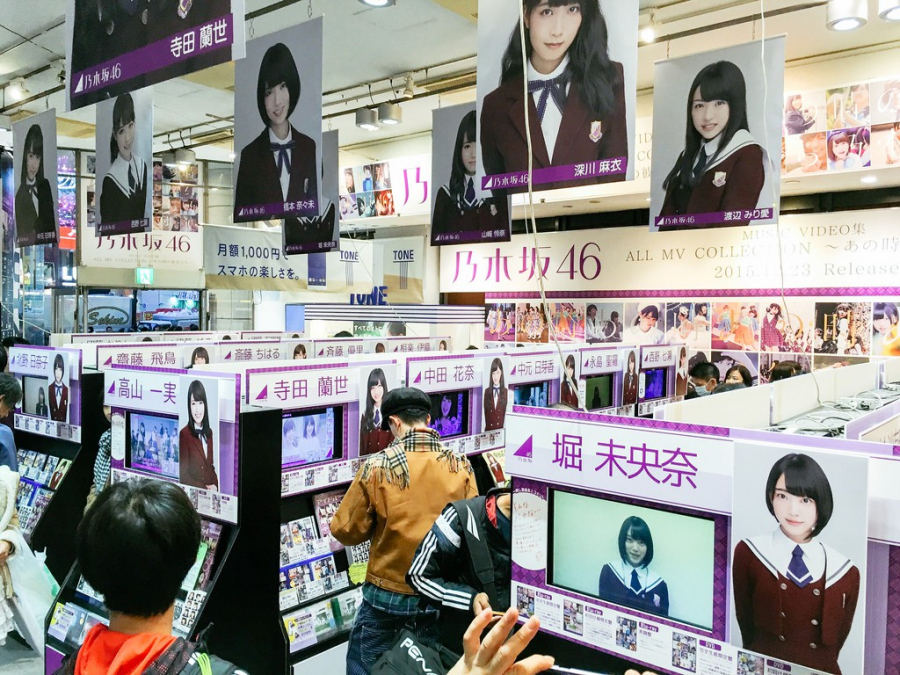
People shop at stalls in Tsutaya, Shibuya, Tokyo
While Westerners are used to greeting, thanking, and leaving tips for waiters when dining out, things are a little different in Japan. People generally don't respond to the loud "irasshaimase" greetings that shopping mall staff give each time they enter, even if you're the first customer of the day. You also don't need to leave any tips, as the service charge is included in the bill.
5. Use chopsticks
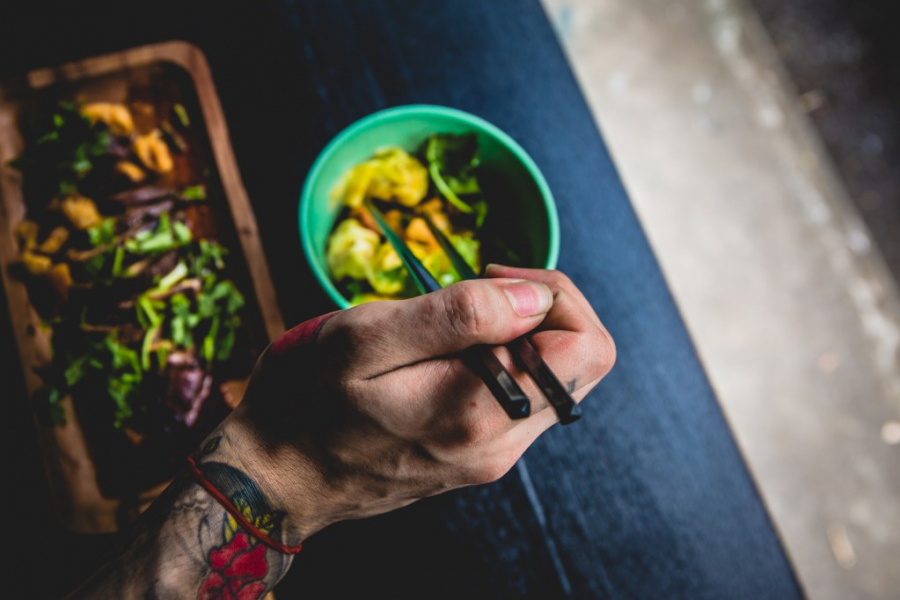
Knowing how to use chopsticks is a useful thing to know when visiting Japan.
It is very helpful for visitors to Japan to know how to use chopsticks, and it really doesn’t take much time to learn. Many traditional restaurants in Japan, aside from chopsticks, won’t even have an alternative to Chinese soup spoons. Imagine how difficult it would be to eat noodles without chopsticks. Also, don’t rub your chopsticks together in a restaurant, as it sends the message that “this is cheap food.” And if you use disposable chopsticks, put them back in a paper bag and fold the corners when you’re done.
6. house slippers

A kitten is curled up sleeping in a slipper.
Always bring your own slippers whenever requested. Your own shoes are not welcome in some places, so you should leave them outside the door with the toes facing out and neatly folded, and only use slippers indoors. It is considered disrespectful to wear shoes in areas such as sanctuaries, temples, or tea ceremony rooms. In hotel rooms, guests are often given a pair of slippers in the bathroom and are only to wear them there. If you are visiting someone’s home, always leave your shoes outside and take slippers if provided (some families choose to wear socks indoors).
7. Driving
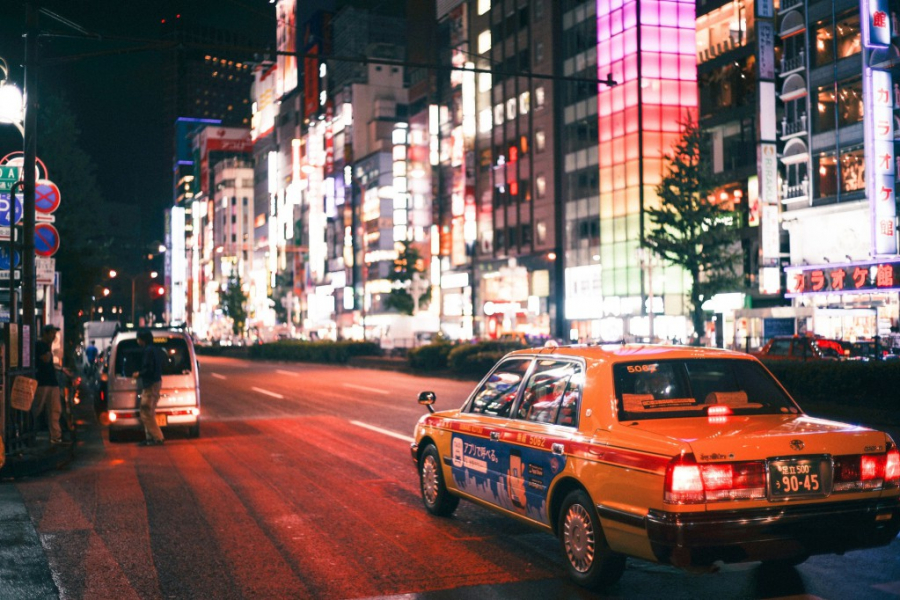
Cars drive on the left side of the road
Japan drives on the left, with the driver sitting on the right side of the vehicle. Road signs are in English or Romaji, and speeds are measured in km/h. Holding an international driving permit, which is accepted in many countries, will allow you to drive in Japan for up to a year. Bicycle lanes are also limited in Tokyo, so be prepared to share the road with larger vehicles.
8. Japanese and English
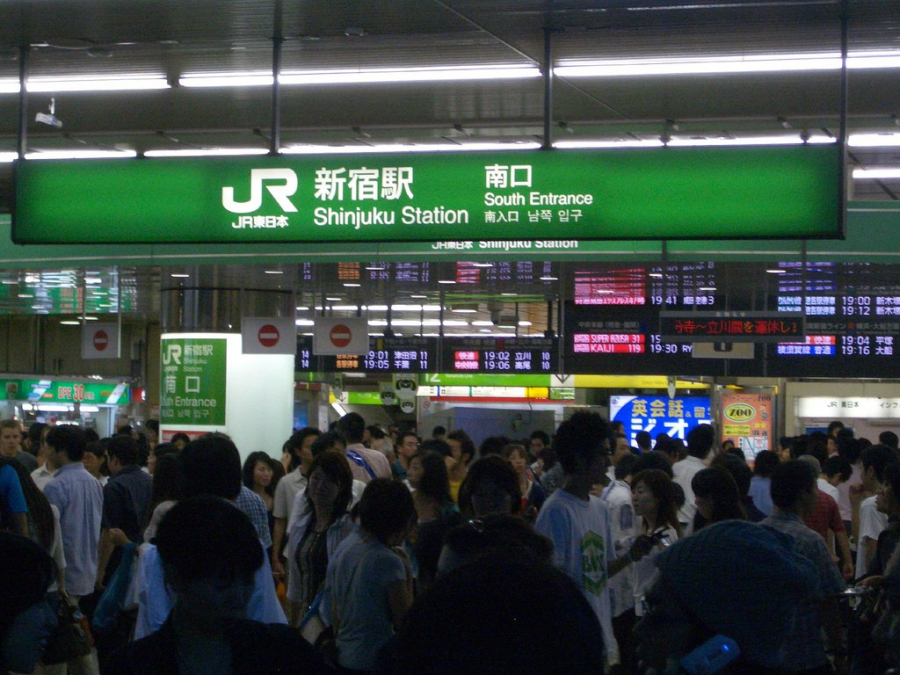
Tokyo subway stations are some of the only places in the city with English signs.
English signs and announcements are not widely available throughout Japan, except in major tourist areas such as Yoyogi Park and subway stations. Many Japanese people do not speak or do not want to speak English. In addition, because the large number of foreigners in cities such as Tokyo speak Japanese quite well, local people often choose to speak their native dialect first. However, university students studying the language and professors who use English for work are happy to practice the language with tourists.





